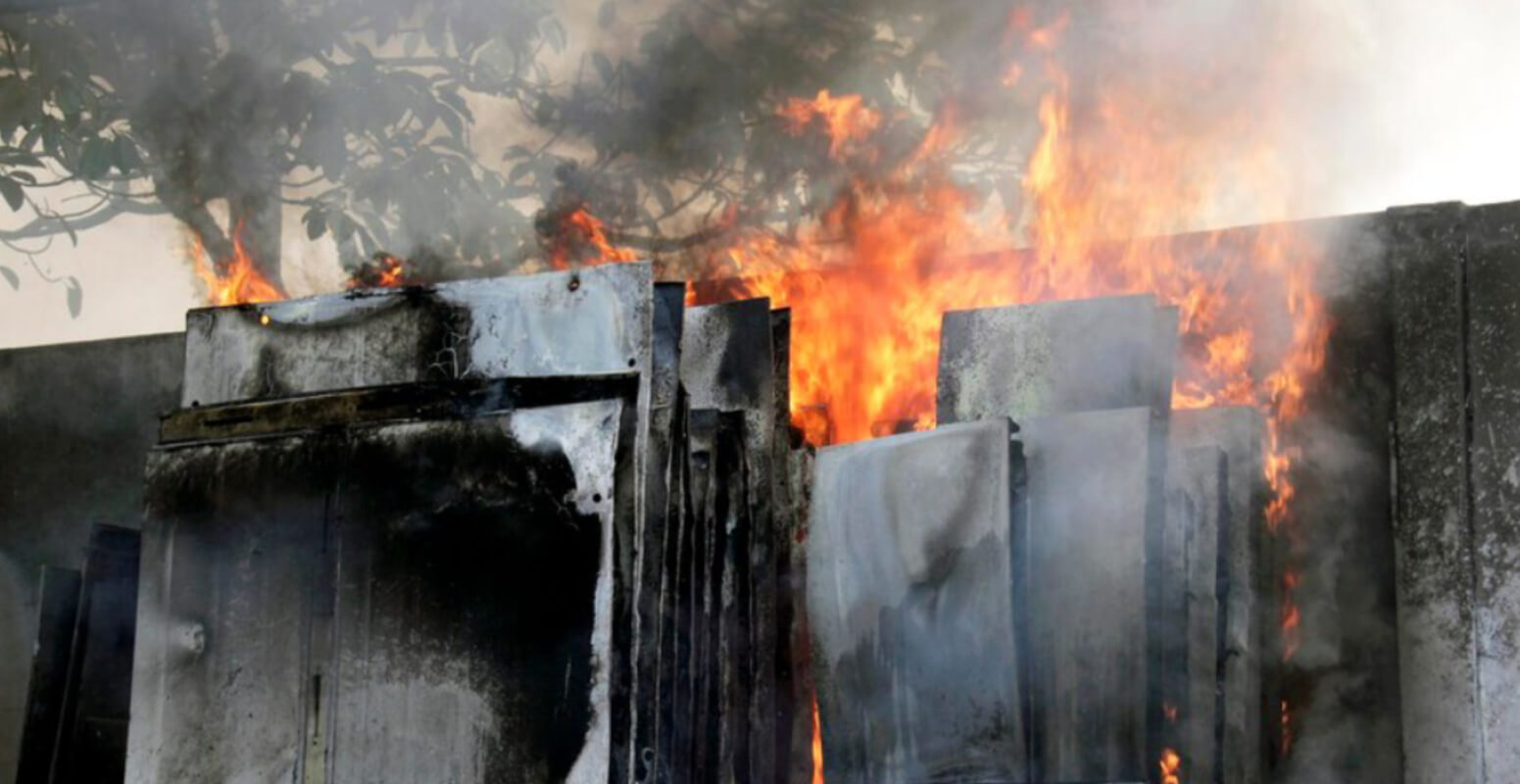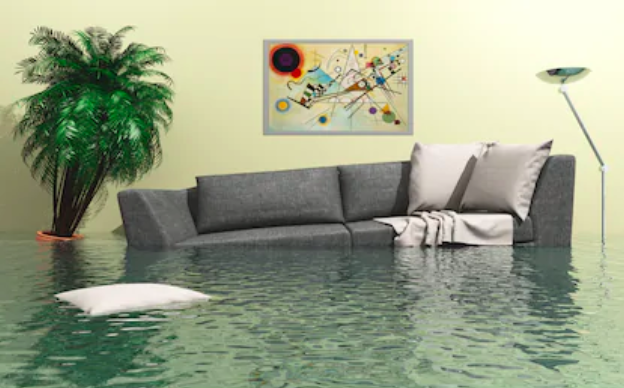In Dallas, water damage doesn’t always start with drama. It often begins with a slow leak, a missed drip, or a small stain on the ceiling that most people ignore. But in a matter of days, it turns into warping floors, damaged walls, and ruined substructures. The scariest part? It happens silently — beneath your feet. You’ll walk across your living room and suddenly notice uneven flooring. That’s when you realize the damage has already taken root. And you’re now in a fight to save your property before the cost multiplies.
This is a daily story in Dallas homes and businesses. What looked like a minor plumbing issue ends up requiring full water damage restoration. People often assume that because they dried the puddles and turned on a few fans, the crisis is over. But water rarely stays where you first see it. It flows under flooring, behind drywall, into insulation, and through electrical chases — turning a quick cleanup into a long-term structural problem.
The first mistake is trusting the surface. After a water pipe break, water can spread across a home’s floor in seconds — but what you see isn’t the full picture. Water slips beneath laminate, saturates carpet padding, and soaks the subfloor. Left unchecked, it leads to floor water damage that softens support beams and makes flooring systems unstable. That’s why professional water damage cleanup is always more than fans and mops. It starts with finding everything the water touched.
In older Dallas neighborhoods, plumbing issues are frequent. Galvanized and cast-iron pipes are still in use in many properties, and one small failure can lead to a burst pipe damage cleanup within hours. And when it bursts behind a wall or under a second-floor bathroom, the water follows gravity. By the time you see ceiling stains downstairs, the damage has already reached insulation, framing, and possibly your HVAC.
If you’re dealing with a toilet overflow cleanup, the risks are even higher. Water from a toilet line doesn’t just affect the bathroom. It often reaches closets, hallways, and the subfloor below. If the overflow was from waste water, now you’re dealing with sewage removal & cleanup, which brings health hazards, odor, and contamination that require specialized decontamination — not just drying.
It’s the same with shower & tub overflow or bathroom sink overflow events. Water from those sources can move behind walls and settle into floor assemblies without being noticed. Even days later, the room might smell normal while the flooring underneath starts separating or swelling. By that point, you don’t just need drying. You need structural restoration.
Dallas summers also put homes at risk. High heat can expand pipes, dry out caulking, and stress seals around appliances. That’s why appliance leak cleanup spikes in the hotter months. An overworked dishwasher or fridge line might leak for days before it’s found. And when that happens, it’s not just the kitchen that’s affected. Water moves fast and wide, especially under tile or hardwood — often into adjacent rooms.
When water reaches the HVAC system or utility closets, the damage spreads even faster. You may need a hvac discharge line repair after water floods near a unit and causes electrical issues or component failure. That’s why after any leak, technicians should check for power interruptions, corrosion, or waterlogged parts near HVAC units.
Another common source in Dallas homes is the roof. Summer storms hit hard, and even a small breach in flashing can cause slow roof leaks. These allow water to enter the attic and seep through insulation before ever showing a sign on the ceiling. You won’t notice anything until the paint bubbles or the drywall cracks. At that point, what should’ve been storm and wind damage cleanup turns into full-room flood damage cleanup.
If the storm includes wind-driven rain or hail, there’s also a risk of siding damage. When water gets behind exterior walls, it finds paths through outlets, windows, or cracks — entering the structure from behind. You don’t see puddles. You see warped trim, rusting fixtures, and spongy drywall weeks later. That’s when storm damage restoration becomes more than a surface-level fix.
Let’s not forget the plumbing itself. Pressure buildup or backflow after a summer storm can cause a main water line break or water line break, flooding entire sections of the property from inside. Often, people confuse this with a sprinkler or irrigation issue. But by the time you find the source, it’s already too late. The flooring is soaked, the walls are damp, and the framing is compromised.
Once water enters, it keeps moving. Even a clogged drain overflow from a laundry room can flood into hallways or down into basements. And if that overflow includes chemicals or waste, it turns into a contamination issue. The only fix? Full water extraction & removal, followed by disinfection and rebuild — often more expensive than the original materials.
For kitchen areas, a kitchen sink overflow sounds manageable. But it usually affects cabinetry, drywall behind the sink, baseboards, and even flooring seams. The water wicks upward, saturating material as it goes. If left undetected, this leads to damage that far outweighs the initial leak.
In some cases, these water incidents follow another crisis — like fire. A kitchen blaze might lead to a full fire damage restoration, which involves not just smoke and soot but water from extinguishing efforts. That water travels far beyond the burn zone. After fire damage cleanup, a home may still require smoke damage cleanup and structural drying to remove trapped moisture. Skip this step, and the smell never leaves — or worse, mold starts to grow.
What makes these problems so persistent is that they often trigger more than one type of damage. A fire followed by water. A storm that breaks pipes. A flood that floods electrical systems. Recovery isn’t about fixing a problem. It’s about fixing all of them together.
This is why a reliable water damage restoration company in Dallas must be trained to address every part of the structure — not just the visible mess. The best teams inspect behind drywall, beneath flooring, and inside cabinets. They use moisture meters, infrared tools, and direct access panels to trace water to its last drop. Anything less leaves damage behind.
In true emergencies, such as during a emergency water restoration, it’s not about speed alone. It’s about precision. Missing one wet spot means a failed job. And in Dallas homes — where wood framing, crawlspaces, and slab foundations mix — missed moisture causes hidden decay for months.
Every property owner wants to avoid a big bill. But the only way to really save money is to get the job done right the first time. That means drying what you can see, removing what you can’t, and checking the rest before moving on.
Water doesn’t ruin your home overnight. It does it slowly, quietly, and completely — unless you find it first.

 Get To Know Us
Get To Know Us








 We Offer Financing
We Offer Financing




